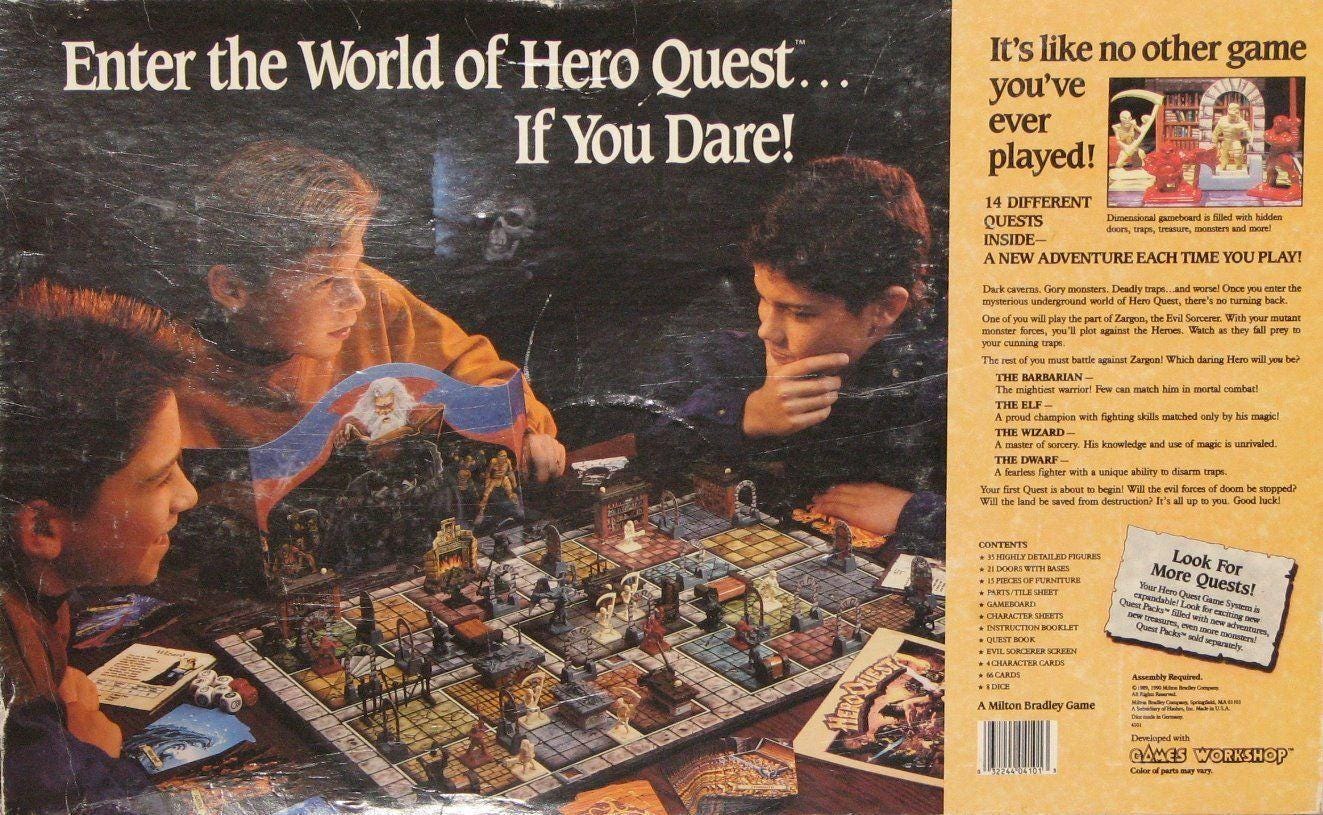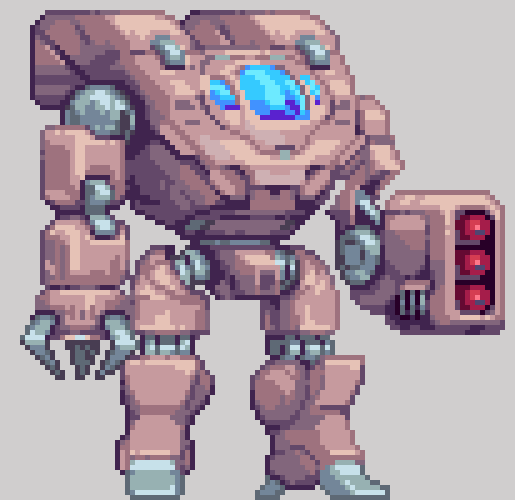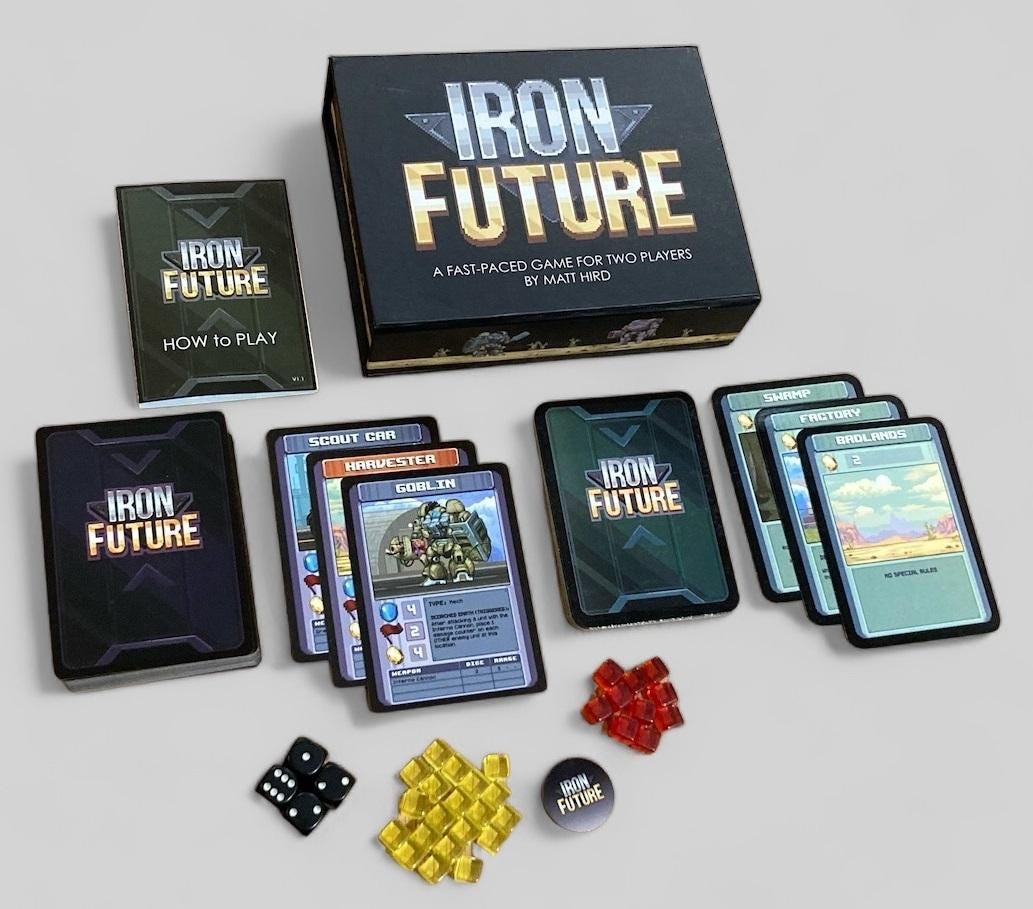The Joy of Creating (and Playing) Games
A personal journey from game player to game developer. A guest post by Matt Hird
The Creativity Guild is a community of creative explorers looking to reignite our creative sparks. This is the place to reconnect with your creativity, start the projects you’ve always wanted to work on and be the person you’ve always wanted to be.
Subscribe for free below to join the revolution…and to get a free dose of creative inspiration delivered to your inbox every two weeks :)
A Young Board Game Obsessive
From the moment I was old enough not to choke to death on the pieces, I’ve loved board games. My family had the obligatory boxes of Monopoly, Clue (in a box so old it said “The Great New Detective Game!”) and Scrabble, along with various other dusty boxes of wonder. When I could, I asked for nerdier games like Hero Quest or The Star Trek VCR board game for Christmas and birthdays. (l leave it up to you to guess if me and my friends were the ‘cool kids’ at our public school)
One of the things I loved about physical games as a kid was that the rules were more like suggestions. Sometimes, my friends and I would play a game for the first time and decide it wasn’t fun enough. So we would make up our own rules with the pieces (sometimes mixed in with the parts from other games) to better suit our tastes.
From Player To Creator
While I didn’t play as many games while away at university, once I’d graduated and settled into working life, the need for creative expression struck me. I felt the need to create a board game of my own. I wanted to create something that people could play and enjoy in the same way I’d enjoyed the games created by others.
Between about 2011 and 2012, I drafted up rules for a half-dozen games, with some making it to the point where they could be played by friends. However, none ever got past the prototype and play-testing phase. Eventually, the itch to create had been scratched enough that dating, job changes, and general ‘life admin’ pushed game creation down the priority ladder.
My folder of game ideas was abandoned.
Midlife Motivation
Fast-forward to a decade later when I turned 40.
I was married, I had a good job, and as a birthday present to myself, I bought a (used) car – the first car I’d owned since high school. I figured I could check off “mid-life crisis” from my to-do list, but something was missing. There really wasn’t a sense of accomplishment in buying something. I wanted to create something again.
I realized it had been a decade since I’d worked on creating a game. I basically had no excuses for not doing it, so I decided that 2023 would be the year I finally brought a game to life.
I prefer games with a strong theme rather than purely abstract games like Blokus or Connect Four, and I quickly settled on post-apocalyptic giant robots. Giant robots fighting are cool, and having a theme is easier to get excited about. After a few false starts and spending a month or two on the initial rules, it went through a round of play-testing with my wife and several friends.
That’s when I ran into my first hurdle. The game wasn’t fun.
Obviously, this was a fairly big problem! I needed to start almost from scratch, and it really took the wind out of my sails.
The Benefit of Getting *Something* Done
I decided I needed a technique to force myself to get motivated again. So I started commissioning art for the game.
It didn’t make a lot of financial sense to pay someone to design game components that may or may not even be relevant to the final, rewritten rules, but this let me feel like the game was moving forward. Some art was closer to a finished game than no art.
This strategy really worked! It took a few tries to get art I really liked, but once I saw it, my motivation was back. I was making the sunk cost fallacy work in my favour– I needed to get motivated since I was financially invested. (Custom art isn’t cheap!) Back in 2012, not having invested in anything other than my own time made the game too easy to give up.
I worked away. The game went through more rules revisions. Eventually, it coalesced into something resembling a finished product. As friends saw the art and the game coming together, they started asking me if I was going to crowdfund it. Great question!
Managing Expectations in a Crowded Market
I dug into crowdfunding research, looking for card and board games on Kickstarter. I wanted to see which ones were getting funded and which ones weren’t. To my surprise, most were not even coming close to funding. Kickstarter is a good gauge of how much market there is for your product, and if there isn’t enough of a market for a product, there probably isn’t a business case for spending a bunch of money to go into the production of that product.
So crowdfunding seemed daunting and likely not a good use of my time.
In my research, I also discovered there are over 3,000 new board games are released each year. That’s 250 new games a month, some of which have huge marketing budgets behind them.
I spoke to an acquaintance who owns a game store about the likelihood of him carrying the game, and he explained that it was impossible to carry even a single copy of every new SKU released. He has one of the largest selections in Canada, and yet it would be unlikely that he would be able to carry my game.
The competition also seemed daunting. Everything about this seemed daunting. Until I had a powerful realization…
I wasn’t trying to make a business of this.
Getting the game finished was the metric of success. I decided that anything that might prevent finishing the game needed to be avoided, even if it made good business sense.
To ensure the game got made, I decided to bootstrap it.
Over the Finish Line
I’ll spare the details of design, prototyping, and production, only to say that it took another year before I had all the components in hand. It was over-budget, took longer than expected, and I had to recruit some help counting out 17,500 individual plastic cubes, dice and counters and putting them all into little baggies.
I got it done.
Something that I’d wanted to do for over a decade had finally been completed.
Now that the game exists, I’ve got the focus and motivation to keep going and put work into the sales & marketing side. Right now, I have about 390 copies of the original 500 to sell, but even if those never get sold, I won’t regret doing it for a second.
Can you put a price on:
Having a game store that you’ve shopped at for years carrying your product? The game store above did end up stocking a couple of copies, which means I could walk into a store and see something I created on the shelf.
Someone trying your game at a board game café and contacting you asking how to buy a copy of their own? The idea that someone I’ve never met played my game and enjoyed it is the whole reason I did this in the first place.
It’s also made for some awkward interactions with game stores and cafes I’ve visited to promote the game. It feels very weird introducing myself as “a local game designer” (?) but introducing myself as “a Research Director who decided to make a game on the side with no idea how to market or sell it” doesn’t seem like it would inspire confidence in potential retailers.
I’m slowly coming around to the idea that I have actually done what I set out to do.
I am now not only a game player but a game designer.
Creative Prompts
Are there passions in your life where you’ve dreamed of transitioning from a participant to a creator?
Have you considered making up your own rules, style, or formats for a creative area that you are passionate about?
Is a crowded marketplace or profitability holding you back from moving forward on a creative project?
If so, is it possible that you don’t need it to be competitive or profitable?
Can you define success for your creative project as ‘completion’?
How would your identity change if you completed your project?
Play Iron Future!
If you’d like to support Matt’s boot-strapped two player card game and engage in robot battles in your own living room, you can! You can order your very own copy here.
James Clear on the Creative Process
, the author of Atomic Habits, shares this nice encapsulation of the creative process in his 3-2-1 Newsletter:"The creative process:
Discover - Read a lot.
Observe the world. Notice.
Collect - Immediately record anything that strikes you.
Generate - Build on your notes to brainstorm lots of ideas.
Combine - Connect previously unconnected ideas.
Refine - Edit, edit, edit. Select the best."
A huge thank you to Matt for sharing his story with us in this edition. What a great journey of creative perseverance!
If you have an experience about how you’ve brought creativity into your life in a meaningful way, we’d love to hear about it. Just reply back to this email and let us know.
Thanks for reading and stay creative!
Geoff & Steve







